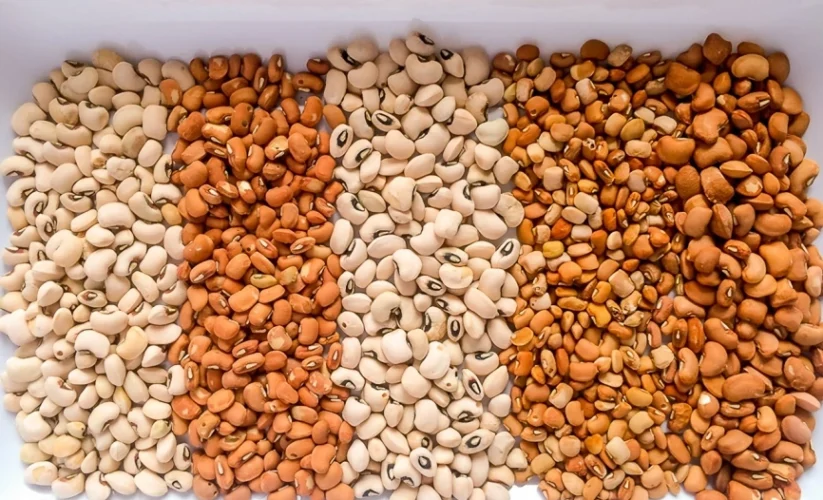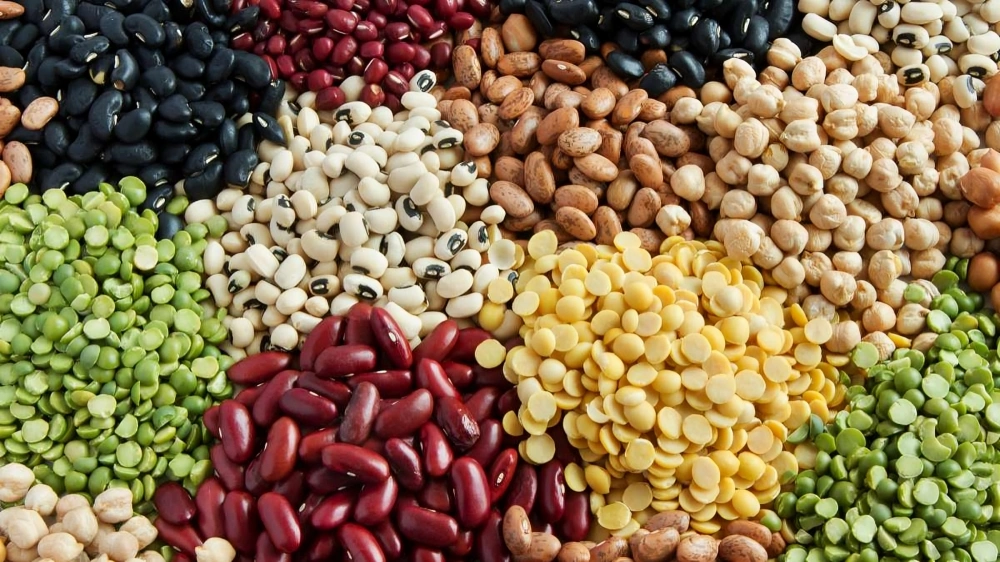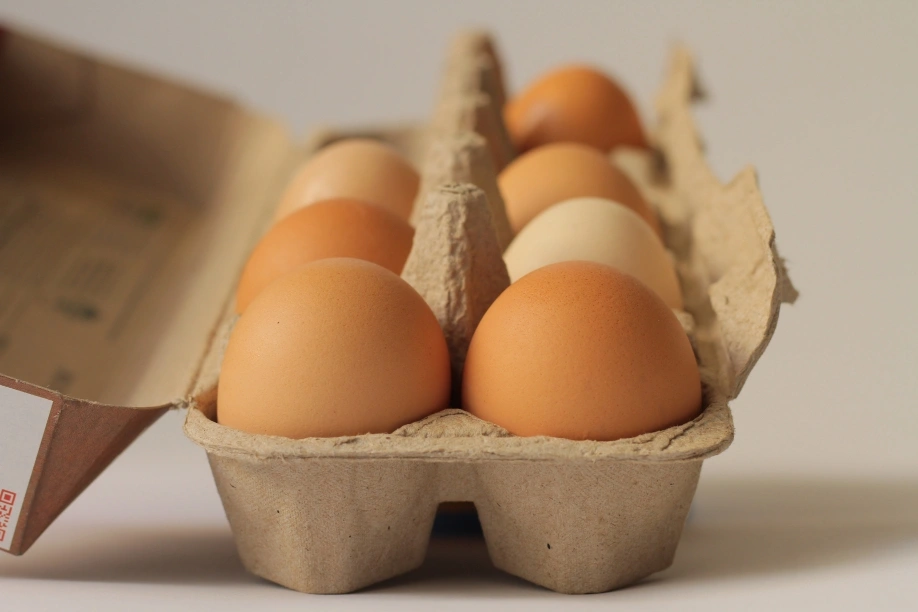
How to remove gas from your beans
Gasless Beans
Do you love the taste of beans but hate the gas? If so, you’re not alone. Many people find that beans make them gassy, which can be embarrassing and uncomfortable. But there’s good news! There are a few things you can do to reduce the amount of gas that beans produce, so you can enjoy these healthy legumes without any discomfort.
In this article, we’ll discuss the reasons why beans cause gas, and we’ll share some tips on how to reduce the gassiness. We’ll also talk about some of the benefits of beans, so you can see why it’s worth making the effort to eat them.
So whether you’re a bean lover or a reluctant bean eater, read on for some helpful tips on how to enjoy these delicious and nutritious legumes without any discomfort.
What causes the gas
The gas produced by beans is caused by a type of carbohydrate called oligosaccharides.Beans (legumes) cause gas because they contain a particular type of complex sugars, called an oligosaccharide and raffinose,
that the human body cannot fully digest. Other sugars are broken down and absorbed in the small intestine. But the human body does not produce an enzyme that breaks down oligosaccharides.Doing so causes fermentation (a chemical breakdown) and the production of gas.This fermentation process produces gas as a byproduct, which can cause bloating, discomfort, and flatulence.
What beans to throw away
When soaking beans, you may notice that some of them float to the top of the water while others sink to the bottom. It is recommended that you throw away the ones that float and only use the ones that sink. The reason for this is that the beans that float may be too old, dried out, or damaged, which can affect their taste, texture, and nutritional value.
When beans are harvested, they contain moisture, which helps keep them fresh. As they dry out, they lose moisture and become lighter, which can cause them to float. The beans that sink to the bottom are typically the ones that are fresher, more hydrated, and better quality.
By discarding the floating beans, you can ensure that you are using the highest quality beans for your recipe. This will help ensure that your dish tastes its best and is nutritious.
There are several ways to remove gas from beans before cooking them, and some methods may work better than others depending on the type of beans and your personal preference. Here are a few methods that you can try:

- Soak the beans: One of the most effective ways to remove gas from beans is to soak them in water before cooking. To do this, rinse the beans and then cover them with water in a large bowl or pot. Let them soak for several hours or overnight. Drain the water and rinse the beans before cooking.
- Use baking soda: Another method that some people use is to add a small amount of baking soda to the soaking water. The baking soda can help break down the complex sugars in the beans that can cause gas. Use about 1/4 teaspoon of baking soda for every cup of dried beans and make sure to rinse the beans thoroughly before cooking.
- Boil the beans: If you don’t have time to soak the beans, you can also try boiling them for a few minutes before cooking. Bring a pot of water to a boil, add the beans, and boil for 2-3 minutes. Drain the water, rinse the beans, and then cook them as desired.
- Use digestive aids: Some people also find that using digestive aids like fennel seeds, cumin, or kombu (a type of seaweed) can help reduce gas when cooking beans. Add a small amount of these ingredients to the cooking water or to the recipe to see if it helps.
Remember that removing gas from beans is not always possible, and some people may be more sensitive to the compounds in beans that cause gas. However, using these methods may help make the beans more digestible and reduce discomfort.
It is generally recommended to soak beans at room temperature rather than in the refrigerator. Soaking beans at room temperature allows them to absorb water more effectively and helps to soften them, which can reduce cooking time and make them more digestible.
Soaking beans in the refrigerator can slow down the absorption of water, which can make the beans take longer to cook and potentially result in an uneven texture. Additionally, if the beans are not covered or stored properly, they may absorb odors from other foods in the refrigerator, which can affect their flavor.
To soak beans at room temperature, simply rinse them and place them in a large bowl or pot with enough water to cover them by a few inches. Let them soak for several hours or overnight, then drain and rinse before cooking. If you are concerned about food safety, you can also cover the beans with a clean towel or lid to prevent dust or insects from getting in.
Overall, soaking beans at room temperature is a simple and effective way to prepare them for cooking, and it can help improve their texture and digestibility.




